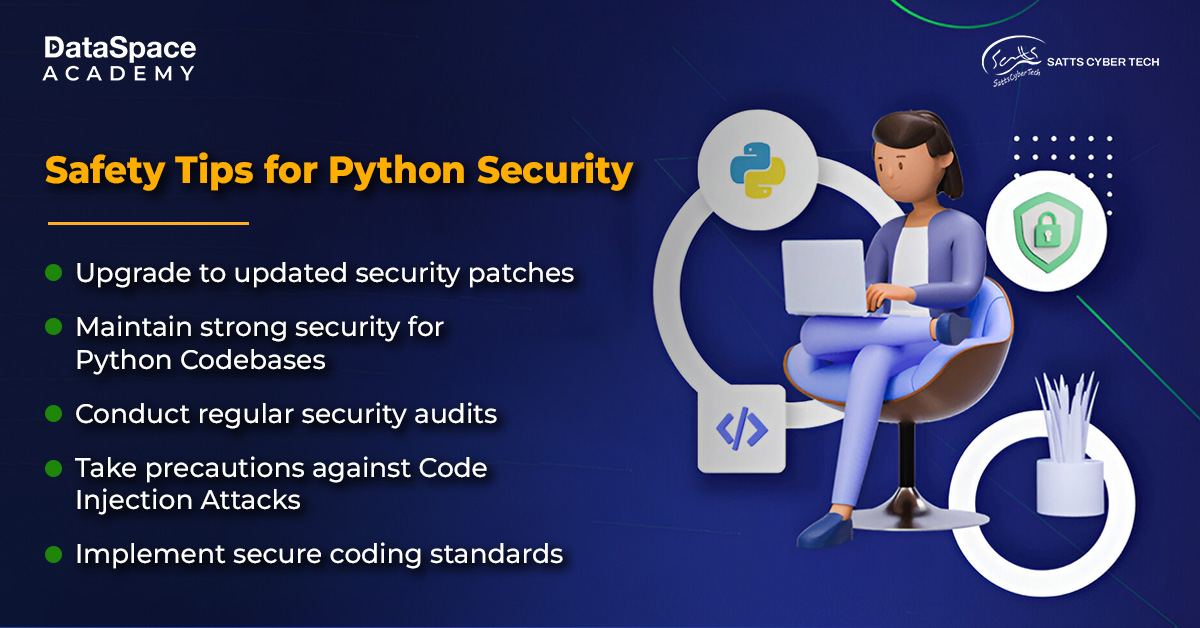Python is every developer’s love language for its simplicity, but security often takes a backseat in the rush to ship code. The truth is, Python applications are just as vulnerable as any other, and ignoring common
python security vulnerabilities can lead to serious breaches.
From insecure dependencies to improper input validation, these overlooked vulnerabilities can expose your application to attacks. In this blog, we’ll discuss some of the most
common Python security risks that developers tend to ignore—and, more importantly, how to fix them before they become a problem. Let’s make our Python code as secure as it is efficient!
Despite being a powerful versatile language, it comes with certain security risks. Poor coding practices, outdated libraries, and improper handling of sensitive data can expose applications to vulnerabilities.
One major concern is
secure file handling in Python. If files are not managed properly, attackers can exploit weak permissions, unvalidated inputs, or insecure storage methods to gain access to critical information.
To mitigate these risks, developers should follow
Python security best practices such as - parameterised queries to prevent SQL injection and proper authentication and access controls. They should also make sure to keep dependencies up to date.
Because of its growing popularity for app and software development, it often gets targeted by cybercriminals. This is why staying updated on the latest security practices is essential to build threat-immune applications in the ever-evolving threat landscape.
Let’s discover the potential Python vulnerabilities and ways to fix them.


With Python becoming the go-to programming language for app development and even modern innovations like machine learning, its present and future prospects are immense. It’s time to level up your Python mastery with DataSpace Academy’s
Certification in Machine Learning using Python to futureproof your career in the competitive job market.



